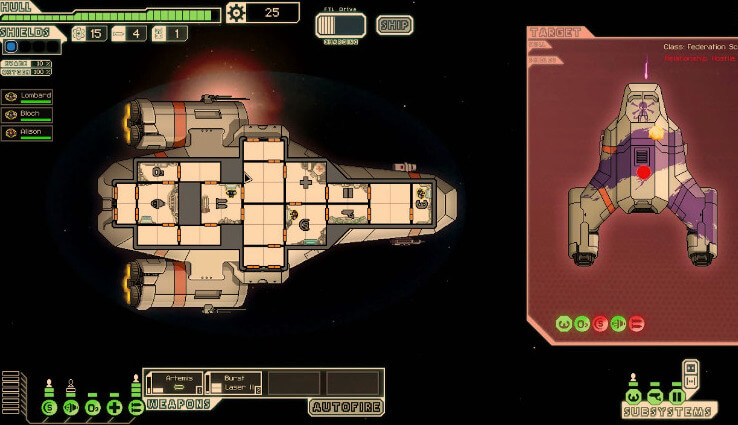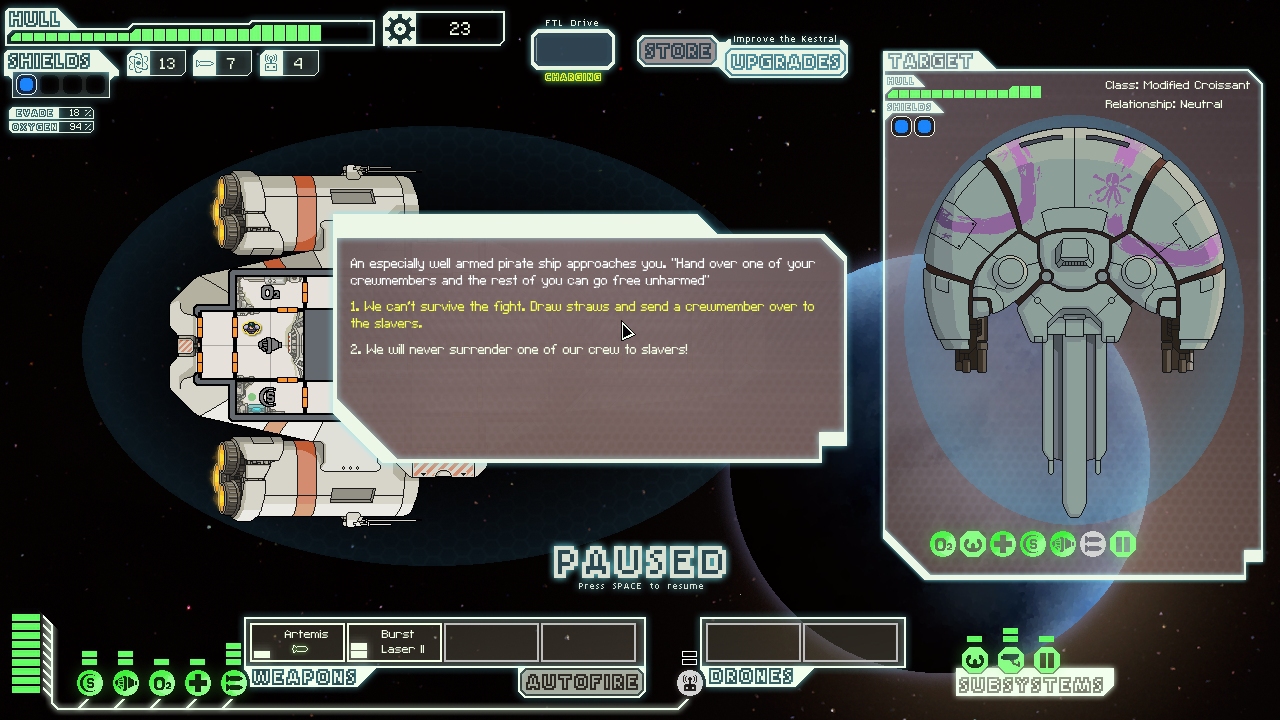

"One of the important aspects for us in terms of atmosphere is you have these giant mechs and giant monsters fighting," he continued, "so we wanted the aftermath of battles to look like you just had giant mechs and giant monsters fighting. Where Into the Breach differs lies in how its terrain changes. "That stuff is pretty standard strategy-game fare, I think," said Matt Davis. Mountains block shots, and water drowns units. Terrain offers advantages and disadvantages. Each colorful square is one in a grid of tiles. Maps consist of plains, mountains, rivers, fields, cities, and snow. "The very, very earliest prototype had buildings, and the whole point of the game was to defend them."Īt a glance, Into the Breach appears not unlike most other turn-based strategy games. "If anything, collateral damage was our sticking point from day one," Davis put in.


Our idea was more to general frustration with that trope." "No one notices the seven million people who died in that process, or even acknowledges that that happened. "Into the Breach was a response to movies and media where there would be a superhero fight-like Superman or Pacific Rim-where the whole city gets demolished, but no one cares because the good guys won," Ma explained. When inspiration struck, it hit fast-faster than a speeding bullet, more powerful than a locomotive, and able to level tall buildings in a single punch. Still, Ma and Davis needed a hook for Into the Breach, like FTL's foundation of captaining a ship and being responsible for everything and everyone aboard it.

The genre had enjoyed a resurgence dating back to 2012's XCOM, a reboot of the 1994 game designed by Julian Gollop. Turn-based strategy gaming was ripe with possibilities. It was less of a, 'Let's do this type of game,' and more 'Check this out do you want to keep poking at this?'"ĭavis (left) and Ma accept an award at GDC 2013. "I was dabbling with a grid-based tactics game, but it wasn't necessarily intended as our next project. Into the Breach derived from one of Davis' multitude of experimental prototypes: a turn-based strategy title with procedurally generated elements, like FTL's encounters. I think this game just had more blind alleys for us than FTL did." "I think you're always going to run the risk, with that type of design, of running down a lot of blind alleys. "We did what we did with FTL, where we sit down and immediately start prototyping gameplay content, seeing what works and what doesn't, and iterating from there," Davis added. It's been a much slower process this time." "That was about two years ago that we first started working on the first Into the Breach iteration. "As these things happen, it just kept getting bigger and bigger until we basically decided, 'We're going to see where this leads us,'" Ma said. To the surprise of neither co-creator, the design has grown. For their next project, Into the Breach, Ma and Davis started out aiming for a comfortable middle ground. Over three years, the game's scope expanded far beyond what they had envisioned, spreading across multiple operating systems, iPad, and an Advanced Edition that put a bow on the game's content. Subset Games cofounders Justin Ma and Matthew Davis created FTL: Faster Than Light out of a desire to think small.


 0 kommentar(er)
0 kommentar(er)
